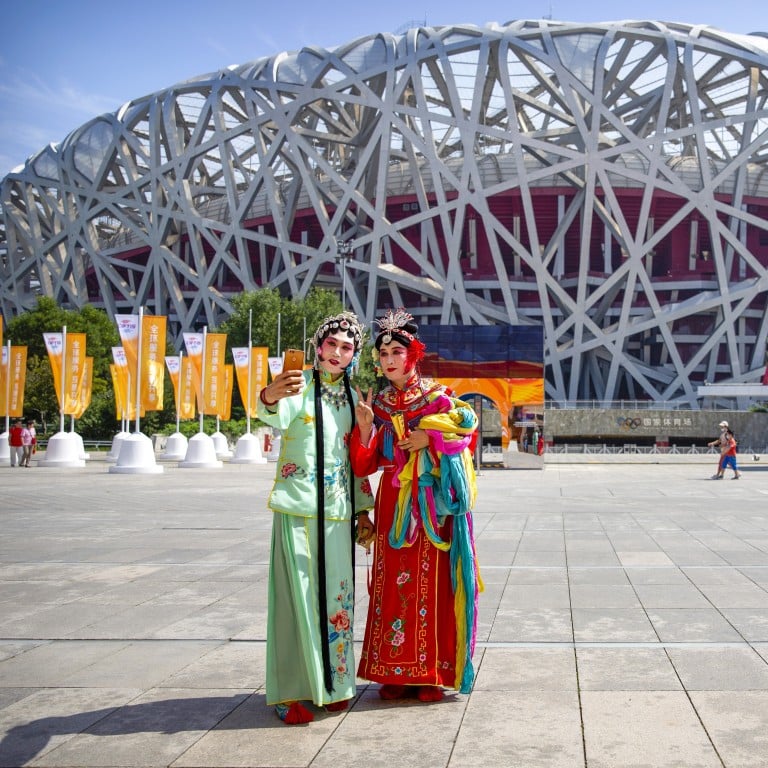
Explainer | Olympics legacy – what happened to the stadiums and venues of past Games?
- Many facilities built for the Olympics at great expense have been abandoned and left to rot but it’s not all bad news with several host cities having worked hard to ensure a positive post-Games legacy
- The Greek capital of Athens was hit hard financially by hosting the 2004 Olympics, whereas Los Angeles is ready for another round after staging the 1984 Games
They are like election promises. They sound good and you want to believe but the chances of fulfilment are only 50-50. Such is the case for sport’s biggest white elephants – the grandiose Olympic stadiums, arenas and even roads that are built for a two-week global gathering but are sometimes abandoned and left to rot after the event.
A common theme among bidding cities is the need to “build a legacy” that goes beyond the Olympics in terms of facilities and national pride. Too often, though, the billions of dollars spent fizzle out in the weeks and months after the Olympics are over and forgotten.
The International Olympic Committee is acutely aware of the problem but insists it is not all bad news.
IOC conducted a research into the post-Games use of all Olympic venues and preliminary results as of 2019 show that 48 out of 54 Olympic stadiums are still in use, with four of them designed to be temporary and two of them having been dismantled after long years of service.
“We are conscious that some venues from past Games are not utilised as fully as they could be, ” the IOC said in an email response to the Post, explaining why they are ramping up use of existing and temporary venues in future Olympics.
“However, too often we see outdated or out of context reports or images of venues from past Games that do not represent the current situation or account for the full picture.”
Indeed, there are stadiums that are still flourishing and continue the Olympic legacy for which they were built, enhancing the respective city’s sporting culture, even decades after staging the Games.
To avoid a drain on the public purse by building brand new facilities for every Olympics, hosting countries have recently been looking at sustainable solutions, including using existing venues and temporary facilities as well as building permanent venues only when there was guaranteed long term post-Games use.
The Post has compiled a list of venues from past Olympics that have been largely neglected along with those that are fulfilling their Games legacies.
Troubled venues
Rio Olympic Park
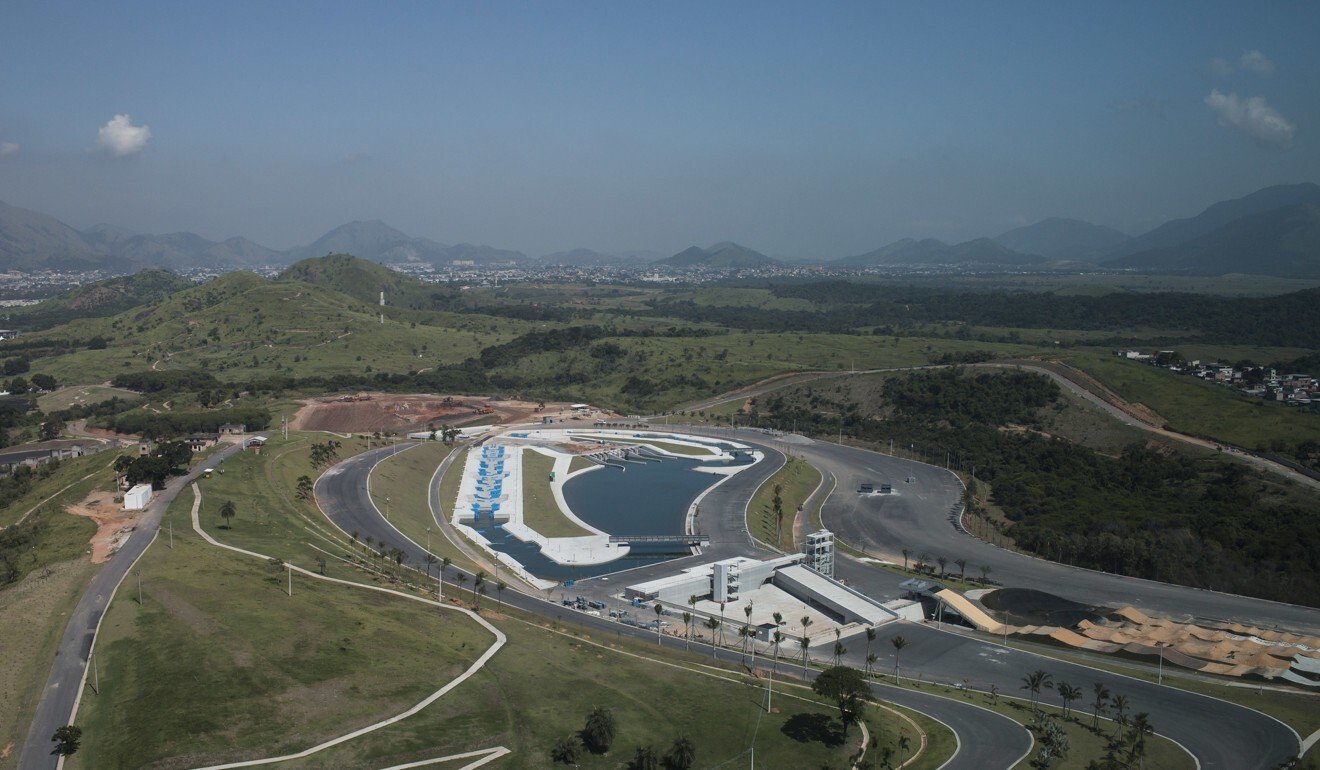
Six months after the South America’s first Olympic Games concluded, the aquatics stadium was drained of water while the athletes village was abandoned and resembled a ghost town.
The Rio Olympic Park, which hosted basketball, swimming and tennis competitions and was used for concerts and other events following the Olympics, was ordered to close in 2020 by a Brazilian judge because of safety concerns. He said the installation was “progressively damaged by the lack of care” and “ready for tragedies”.
The Olympic pool that appeared dried up after the Games was always meant to be a temporary facility, according to the IOC, and was dismantled after the competition. It has since been redeployed to the other parts of Brazil as was originally planned.
Athens 2004 Olympics venues
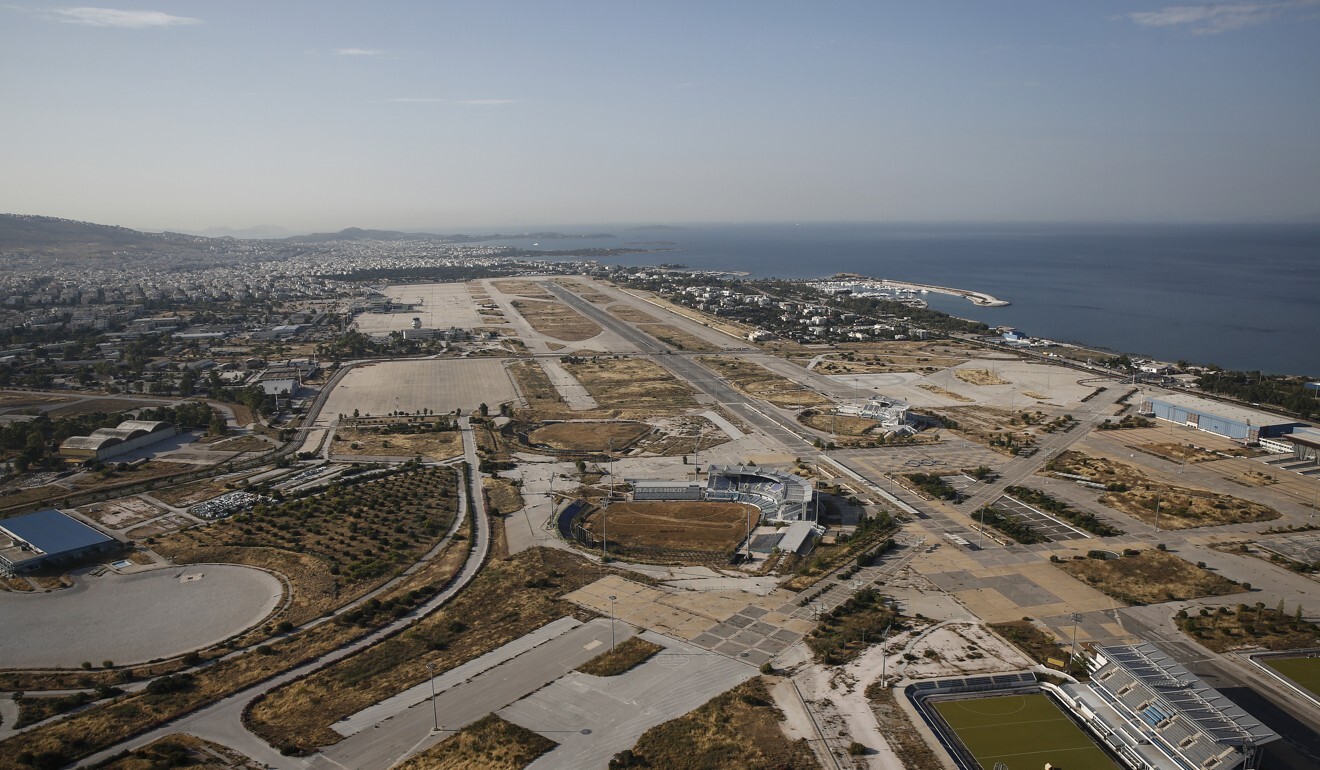
The capital of Greece, the origin of the modern Olympics, was left with rotting and graffitied stadiums as well as a debt crisis in 2008. Many blamed the economic turmoil on the Athens Olympics four years earlier, which cost the government and taxpayers US$11 billion for a 16-day event.
Meanwhile, Panathenaic Stadium – the stadium built entirely out of marble and renovated to become the home to the first modern Olympics in 1896 – remains a popular tourist attraction post-Games. It was used to host the archery competition and the finishing point of Marathon when the Games returned to Athens after 108 years.
As Greece’s finances began to improve, some of the closed venues during the economic crisis started to stage more activities or were repurposed.
Atlanta Herndon Stadium
Used for the hockey tournaments at the 1996 Olympics, the venue was also the backdrop for scenes from the movie We Are Marshall. However, the 15,000-seat stadium located on the campus of Morris Brown college in Atlanta was for some time abandoned and covered in graffiti and trash after the school ran into financial difficulties.
The stadium, which staged the Netherlands’ triumph over Spain in the Olympic final, has more recently become a popular spot for young photographers who enjoy taking pictures of subjects in front of the football field with graffiti in the backdrop.
Pyeongchang Olympic Stadium
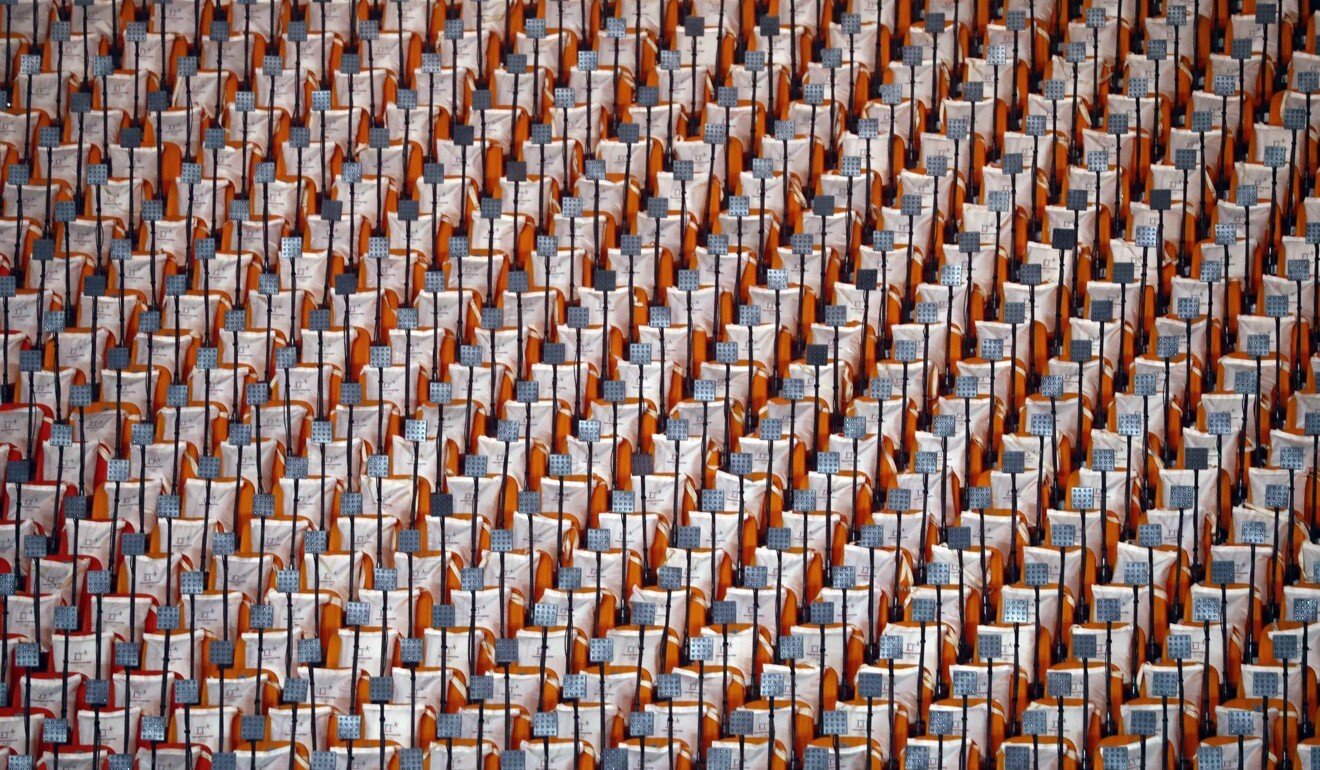
South Korean officials’ plan was to build a temporary stadium to ensure it would not become a white elephant at the end of the 2018 Winter Games. In fact, it would not even exist because it would be dismantled soon after the Games and post-event maintenance costs would be zero. In addition, to save money and time, the arena had no roof and heating and guests were distributed hot packs and blankets to keep warm.
All good in theory but the ephemeral stadium still cost US$109 million to build. It was used only four times before it was demolished at a cost of about US$10 million per hour of actual use.
Legacy Olympic venues
London Stadium
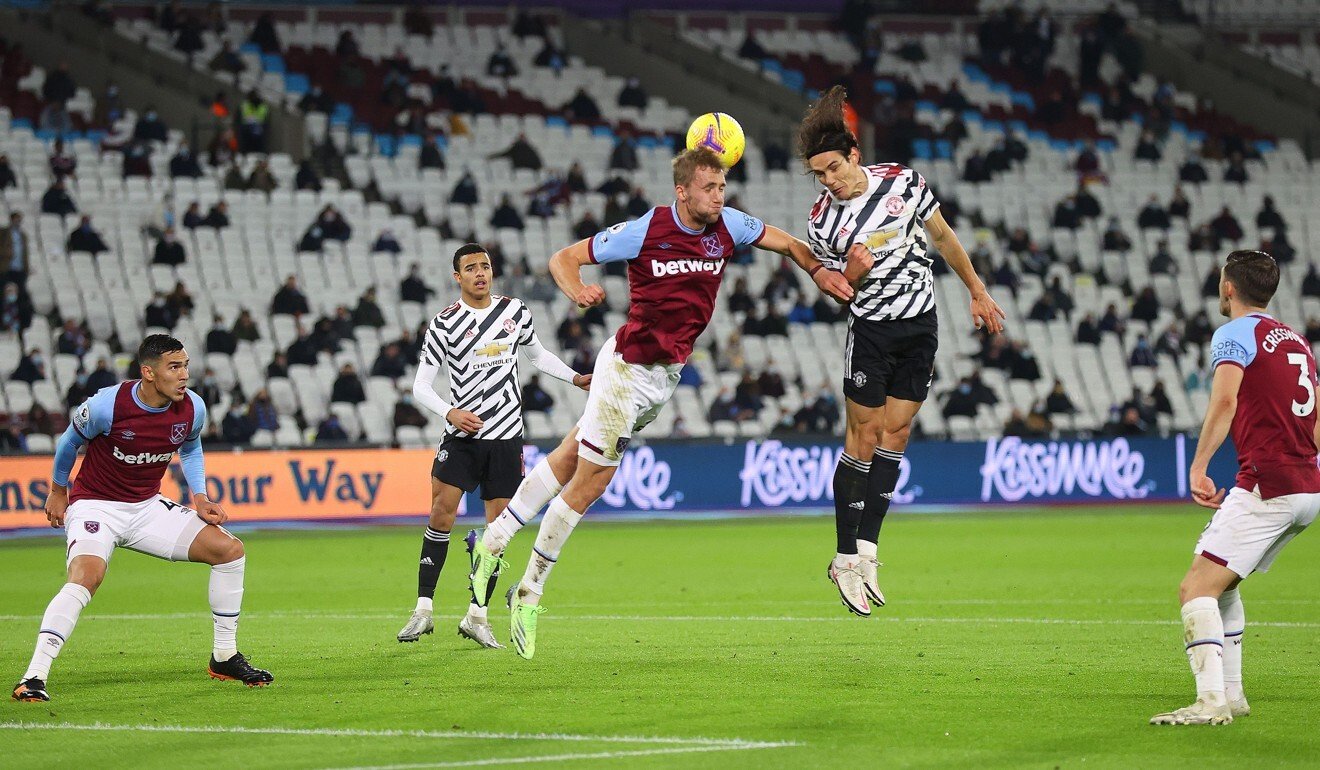
The multipurpose stadium is currently the home of Premier League football club West Ham United and UK Athletics. It has also hosted musical concerts and matches from the 2015 Rugby World Cup as well as the 2017 IAAF World Championship.
Los Angeles Memorial Coliseum

Having acted as the central venue for the 1932 and 1984 Games, it remains the only stadium to have staged two Olympics and also the first Olympic arena to exceed a capacity of 100,000. Out of the 29 venues that served the 1984 Olympics, only three were purpose built while 25 of them continued to be in use as of 2019.
Celebrating its centennial in 2023, the venerable stadium is set to continue its legacy more than 100 years on when Los Angeles hosts the Olympics for the third time, in 2028. City organisers have vowed to embrace a “radical reuse” concept without adding any new permanent venues to the city to accommodate the Games.
Sydney Olympic Park
Located 14km away from the central business district, the 430 hectares that make up Sydney Olympic Park was once dubbed as a white elephant because of budget overruns of up to 90 per cent in the lead-up to the 2000 Olympics. Its Stadium Australia is the biggest to host any Olympic Games and holds the record for the largest attendance to an Olympic event. The venue is due to host the 2023 Fifa Women’s World Cup and 2022 Women’s Basketball World Cup.
Following the 2000 Games, the area has been transformed from an industrial zone into a suburb with commercial and apartment buildings, restaurants and hotels along with sporting facilities.
Barcelona Beachfront
Before Barcelona staged the 1992 Games, its symbolic seafront did not exist and the coastline was occupied by rundown neighbourhoods and abandoned industrial factories.
The Olympics accelerated the city’s plan for urban development – buildings were torn down, six kilometres of beach was regenerated for the Olympics and railways were moved underground for easier access to the beachfront.
This has transformed the city from its industrial past to a modern Olympic city and a holiday destination that continues to draw more visitors to Barcelona.
Bird’s Nest (Beijing National Stadium)
Costing US$428 million to build, the Ai Weiwei-designed stadium struggled to avoid falling into the same fate as other abandoned Olympic stadiums after the 2008 Games because of its huge maintenance cost.
Despite a declining number of visitors, the Bird’s Nest remains an icon and a source of national pride for residents of the city as it takes prime place in a bustling urban centre. It has now become a popular theme park during winter months and has attracted more than 2.1 million visitors since its opening in 2009.
It is scheduled to be used for opening and closing ceremonies of the 2022 Winter Olympics in February.

